BY CAROLINA LIO (2013/2014)Legendary Nature
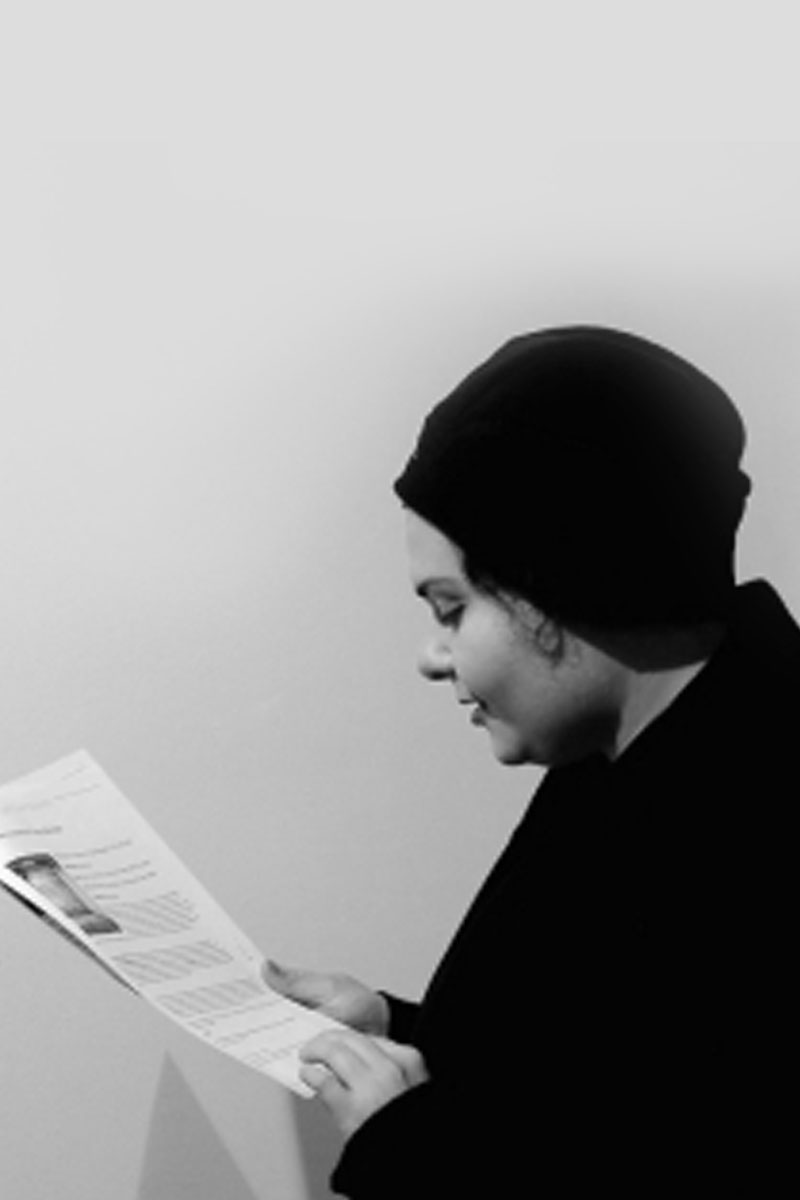
“Annalù goes through the same tracks in our contemporary world that – despite having abolished the alchemy as a term – is rediscovering interdisciplinarity and cooperation between biology, chemistry, physics and spirituality as method to a higher knowledge.”
When Robert Smithson created the Spiral Jetty at the Great Salt Lake in Utah, United States, is the 1970 and artists begin to deal with the problem of integrating the environment into their work. Is born the Land Art, that may be defined as an art that works with nature and adjusts itself accordingly to her because it uses only elements already existing in the world. A little as it happens in the Arte Povera, but with a more collaborative form of conceiving the relationship between the work and the environment.
A sort of mutual dependence and unpredictability where the nature does its part as much as the artist, and sometimes even more. In that case, Smithson, with the help of massive mechanical means, mobilizes both soil and boulders to build a large boat landing in a spiral shape, giving the solid land the fluidity of water. In short, he does the opposite of what the physical law suggests and, with the complicity of matter, he creates a reverse logic. Although water is an element without proper form that assumes the one of the container in which it is located, Smithson mimics the liquid with the solid and gives land a spherical fluidity a little elongated, which also refers to the idea of a giant drop. And the drops in themselves tend to be usually spherical due to the same mechanism of tensions between molecules that makes the planets and the stars round and that makes universal motions orbital and concentric.
Moreover, many thinkers and philosophies, religions and myths, symbolic codes and poetic licenses have found in the water a foothold to build their own point of view about world history and their own version of genesis. This “useful”, “humble”, “precious” and “chaste” substance, as defined by St. Francis of Assisi, was for Thales the element so longed by the ancient philosophers, the archè (the first principle), the unique primordial matter from which everything else had originated. It is surprising that even in a land far far away from Greece, China, the water was identified with the primordial chaos from which the world was born.
And far more recently, now that we are aware of how much more complex it was the real origin of the universe, the psychology by Freud and Jung associates with it another history of the origins: our own personal story as individuals conceived, formed and born from the maternal water. The water flows symbolically through man’s whole life and comes in the form of death when old souls imagined themselves crossing the Styx, heading towards the Underworld; and when the divine punishment of the Great Flood drowned all the lands, become too corrupt.
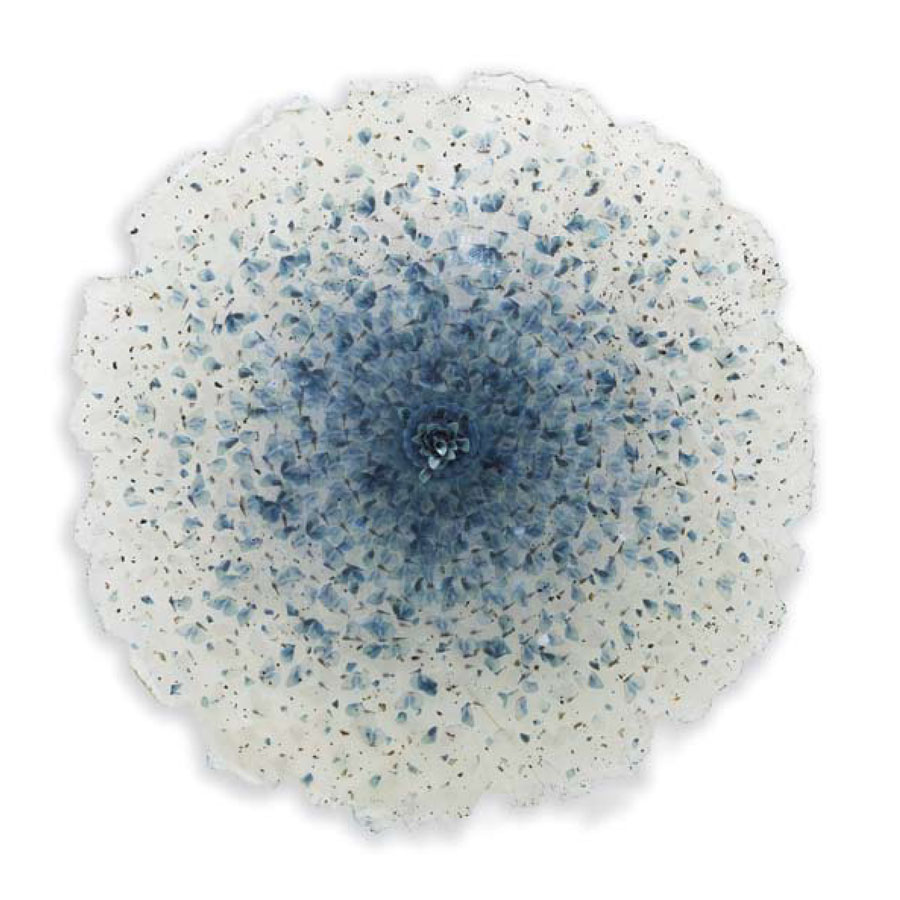
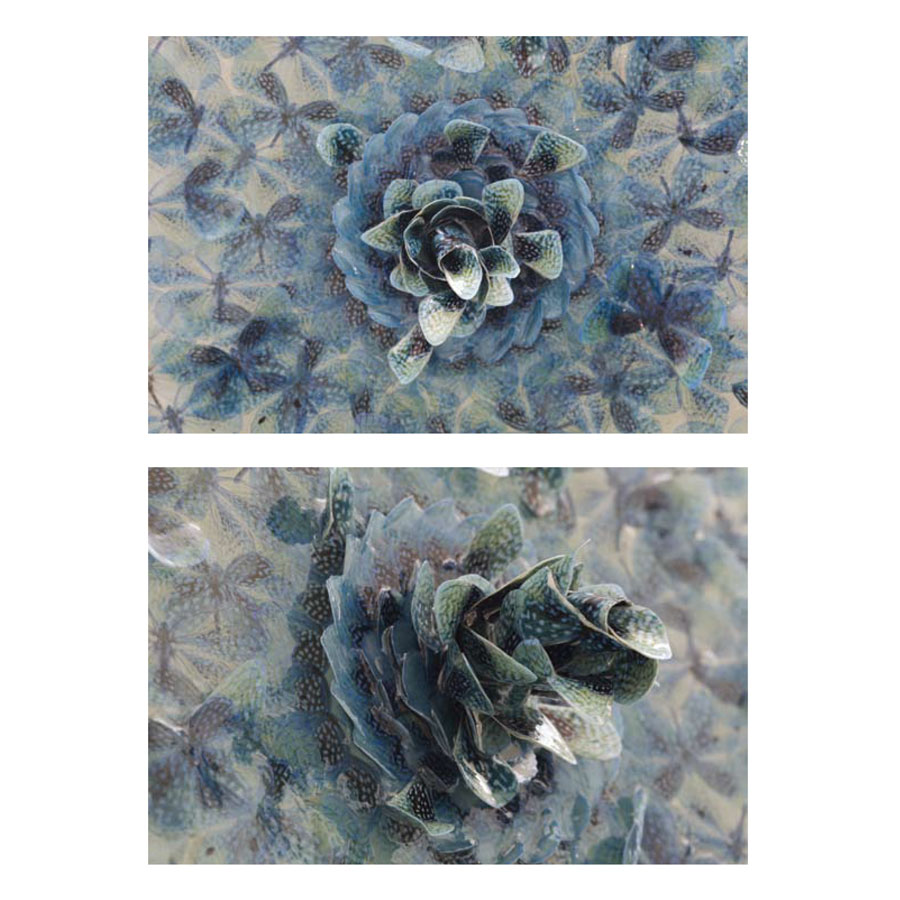
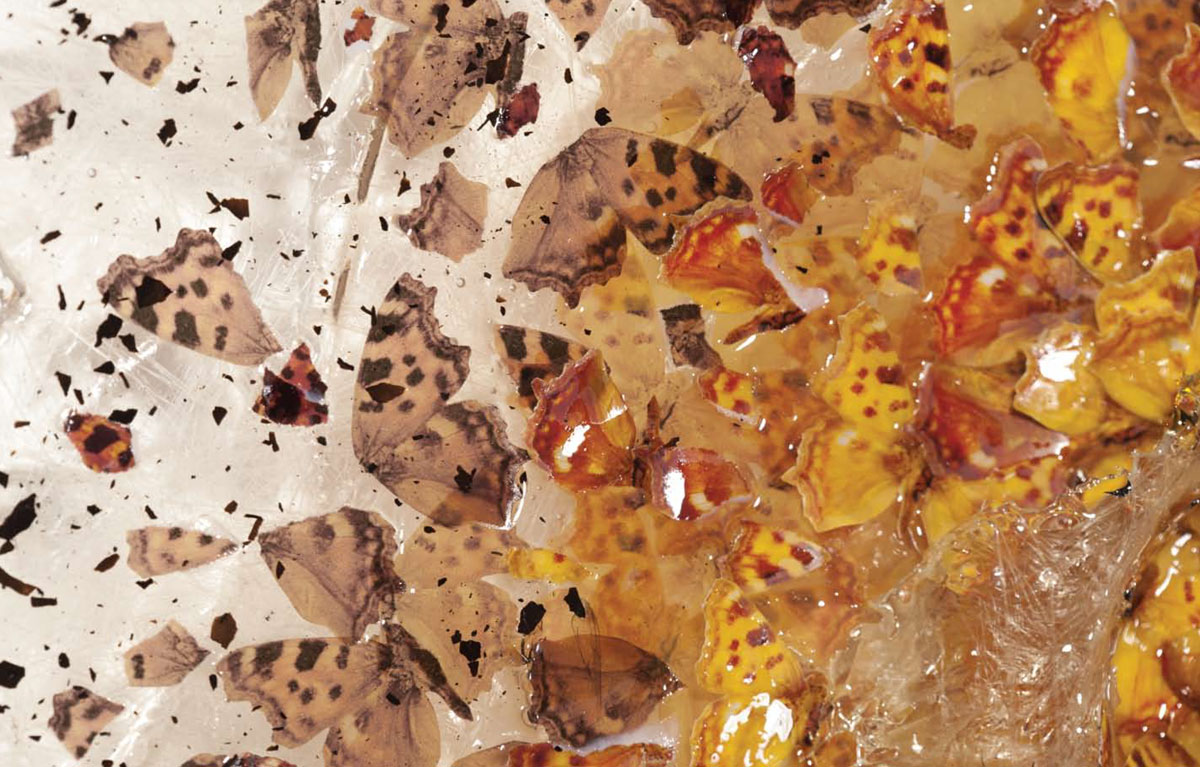
Thus the water is an instrument of God and, according to other cultures, a divinity it itself: for Hindus the river Ganges is a goddess who purifies while diving, as well as it purifies the water of baptism that erases to Christians the stain of the original sin. The ablutions of Shintoists, and those of Judaism and of Islam wash the soul besides the body and, as we are reminded by Jean Campbell Cooper: “the water was the largest Taoist symbol after the dragon. It represents the strength in weakness, the fluidity, the adaptability, the freshness of opinion, the courteous persuasion and the absence of passions”. Is there another symbol that accompanies humanity in these mystical and spiritual reflections, ranging from the research of an origin of the world to the necessity of the acceptance of death.
It is the mandala. In this case it is not a physical element, but a process of building of a sign and of a thought. The mandala is built thinking of the formation of the universe with everything that it contains. Then, once finished, simply you destroy it because everything that has a beginning has an ending, and the ephemeral is not a flaw of life but an intrinsic and essential feature of it. Apart from any religious implications, the mandala has been studied in its psychological nature for the effect capable of accomplishing upon the human mind. It was just the aforementioned Carl Gustav Jung who studied this subject particularly in depth for nearly twenty years, dedicating to the topic no less than four essays. According to Jung, the mandala leads to the re-establishment of an inner order and in times of particular tension, fatigue and moral pressures, the figure of the mandala may appear spontaneously in dreams as a form of innate self-healing. Starting from his own center, the man is rebuilt, he refocuses himself regaining stability in harmony with the universe and the nature.
This same balance, built on the delicate wings of a meditative spirituality, it can be found in the work by Annalù who not coincidentally uses water and mandalas among her predominant symbols. More precisely, we can say that her mandalas are constructed or held together by the water, while a flock of butterflies runs through them giving substance and mimicking the mechanism of creation and the flow of life. However, the terms of this description need to be deepened because in the Annalù’s work, behind a diaphanous and pure sophistication of forms, it opens the door of profound meanings that have their roots in the centuries and their branches in directions not at all expected. Her works are certainly full of elegant sobriety and selected semplicity, they are enjoyable and have a consolidated aesthetics that borrows well known archetypal symbols of beauty (eg. butterflies and lotus flowers), but are based on a mechanism of contrasts where nothing is what it seems. Her water, in fact, is not water, but transparent resin processed with a particular technique which allows it to look like a crystallization.
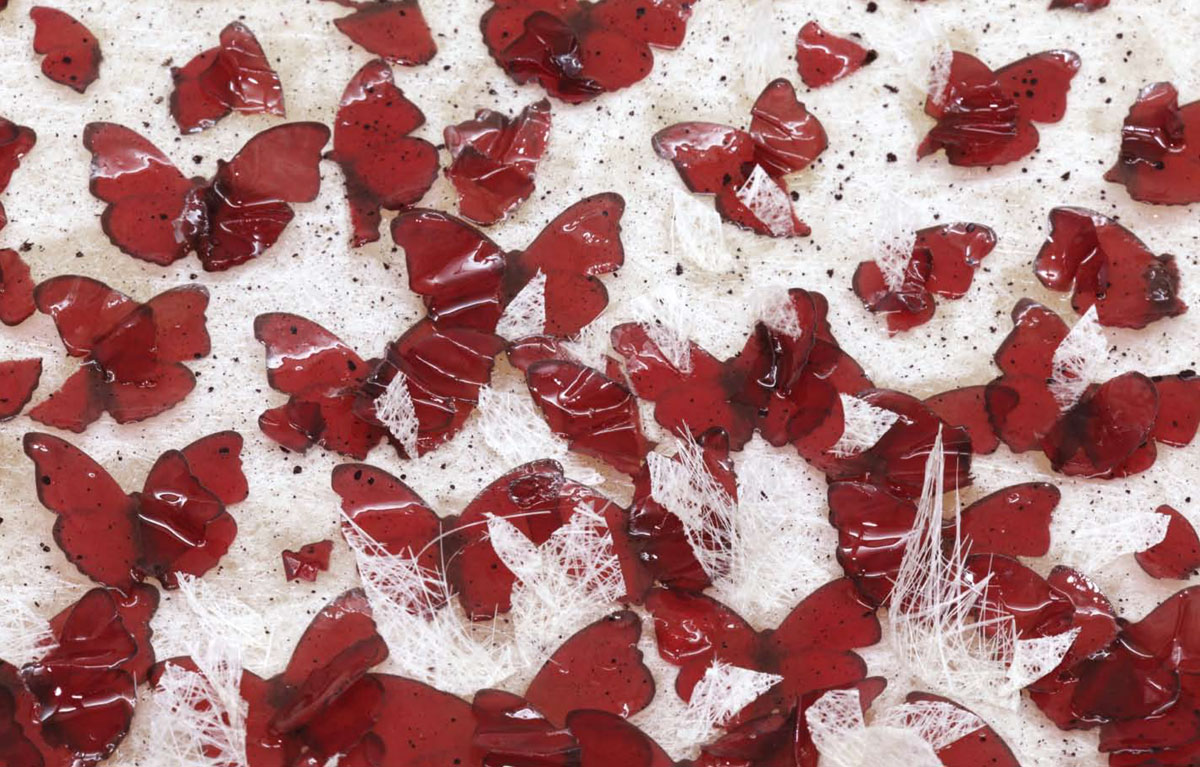
However, this does not make it more fragile, because the same process involves a kind of invisible structure inside the resin, a reinforcement internal rather than external, that makes the matter remain intact. Then, the resin imprisons some butterflies in the moment in which they are flying in flock in a concentric structure that forms a mandala. But they are impossible butterflies – maybe wrong or maybe perfect butterflies – but still non-existent in nature, just imagined by the artist in order to emphasize the transition to another dimension. In addition, if these butterflies are surprised in the water, it is clear that they do not fly, but they rather swim in the sky, in that world before the world in which, according to Genesis, there was no division between sky and sea.
It seems, therefore, that in her work as well as in various religions and philosophies and mythologies, the water is somehow associated with the primordial chaos, the first energy that has been the driving force in the development of life. Today we know that the initial chaos, renamed by scientists big bang and officially correct accordingly to a more realistic theory about the development of the universe, often moves on the logic of chance and on a highly developed sensitivity of the matter. In a Ray Bradbury’s short story, A Sound of Thunder, a time machine allows people to travel in the past and when a contemporary man travels in the prehistory and accidentally steps on a butterfly, this action causes a chain reaction that drastically changes the entire history of humanity. This science fiction story has given the name to what we cal Butterfly effect, a theory well-recognized by today’s science that studies the unpredictability of the system of life starting by trivial actions. Already in 1963, Edward Lorenz gave a lecture entitled: “Does the flap of a butterfly’s wings in Brazil set off a tornado in Texas?”
Fragile, ephemeral, ever-changing until the moment of death, the butterflies are also the living beings more similar to the idea of a mandala due to their perpetually becoming without ever stopping in any of their stages: they open from egg to larva, and then from chrysalis to the maturity when, once completed in their forms and colors, in only a few days, die. Thus, they are associated with both life to death, and if a butterfly in Germany indicates an incoming birth, for Mayas they were spirits of the dead returned to earth. Here are the pillars underpinning the deceptively simple Annalù’s cosmogony, in which delicate and transparent forms give the feeling of a fragility and a purity in contact with the white magic, the world of legends and with the days when man lived in blending perfectly with nature. Her research is, in fact, a reflection on the world and on a sense of sacredness owned by all things, in which the matter – declined in the four natural elements – becomes the vehicle to a spiritual vision.
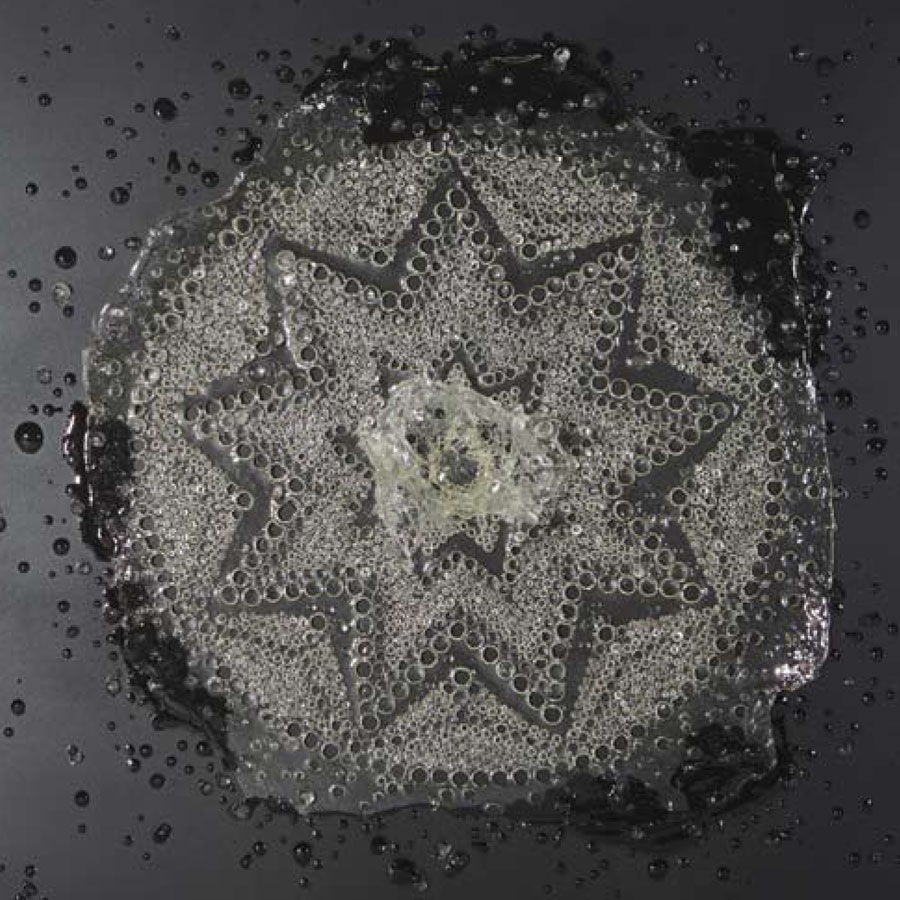
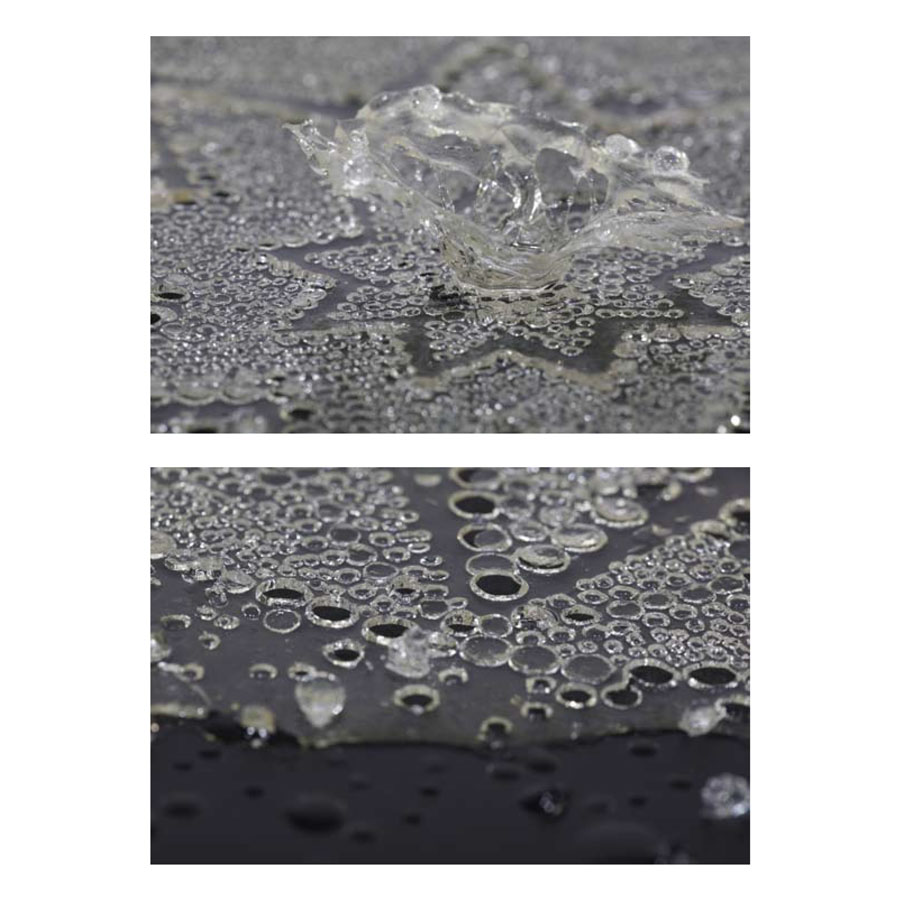
Her thinking is similar to the first archaic philosophy, where they put in close correlation all the fields of human knowledge, indentifing them in mythical and fascinating theories where where each discipline joined to the other in search of an understanding of the world that was simple and profound at the sime time. Their conception of knowledge was definitely alchemical and Annalù goes through the same tracks in our contemporary world that – despite having abolished the alchemy as a term – is rediscovering interdisciplinarity and cooperation between biology, chemistry, physics and spirituality as method to a higher knowledge. Moreover, the alchemy was intended to reach one particolar formula, a noble and mystical solution for the total well-being of humanity. Anciently, this solution was identified with the legend of the Philosopher’s Stone, capable of purifying every element until it becomes gold and of confering immortality and omniscience. The gold itself, which along with other metals also begins to appear in the work of Annalù, was not seen in a venial perspective, but admired as the only one metal unalterable over time. To turn something into gold meant to give eternal life, to have an antidote to the ephemeral. To make divine. It was proved by the fact that in order to produce it, it was regarded as necessary to have a mysterious element called Soul of the world, a kind of astral and divine light that it was not possible to perceive with a research not based on strongly ethical intentions.
Turning a common metal into gold in order to give it the unalterability it’s like stopping flying butterflies over time or crystallizing a mandala. So, both the alchemy and the work of Annalù join each other’s in this quest for a widespread divine meaning that enters and transformes everything in the light of a sacred feeling. This is manifested by a vital energy that is being expressed in a strong dynamism just when it was imprisoned by the resin creating a balance between energy and immobility, material elements and magical atmosphere. An elegant, light and comforting balance that mimics the artist’s relationship with what surrounds her, and shows her ability to perceive that invisible spirituality yet very much present in and beyond all the matter.
Extract from the text of the “Legendary Nature” catalog curated by Carolina Lio, Solo Exhibition, Red Eletion, Hong Kong 2013.
